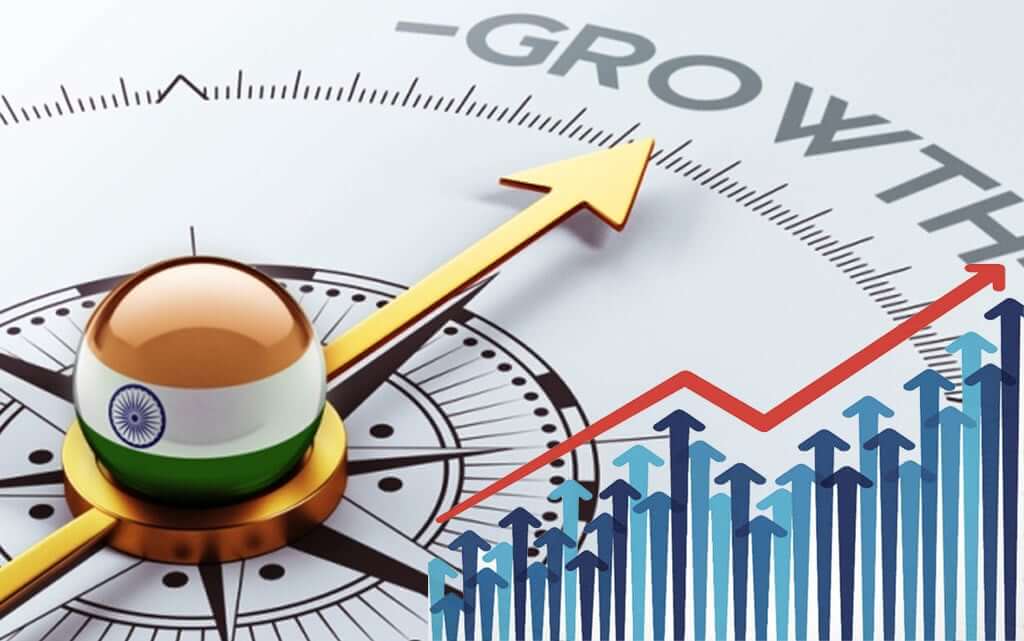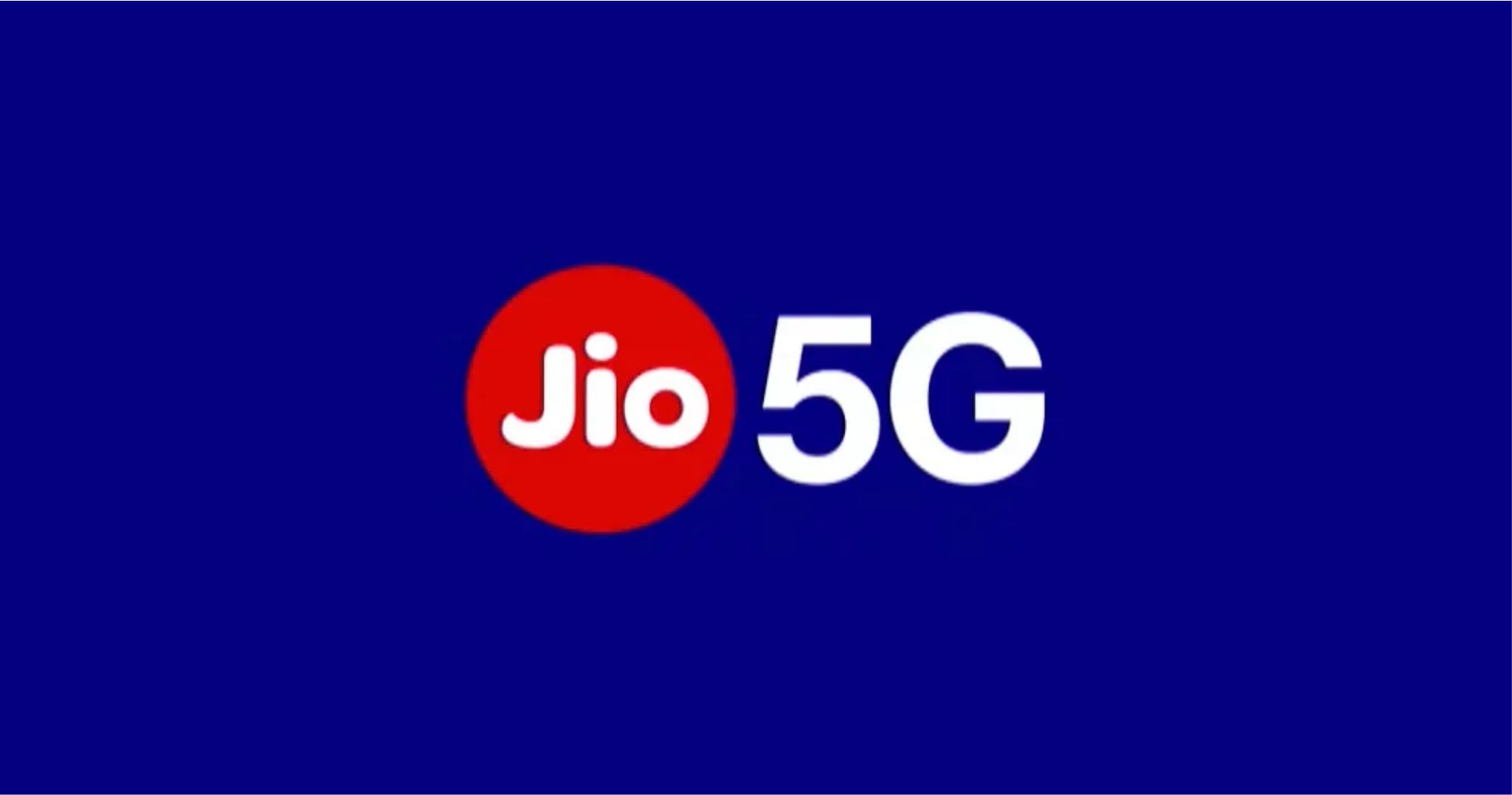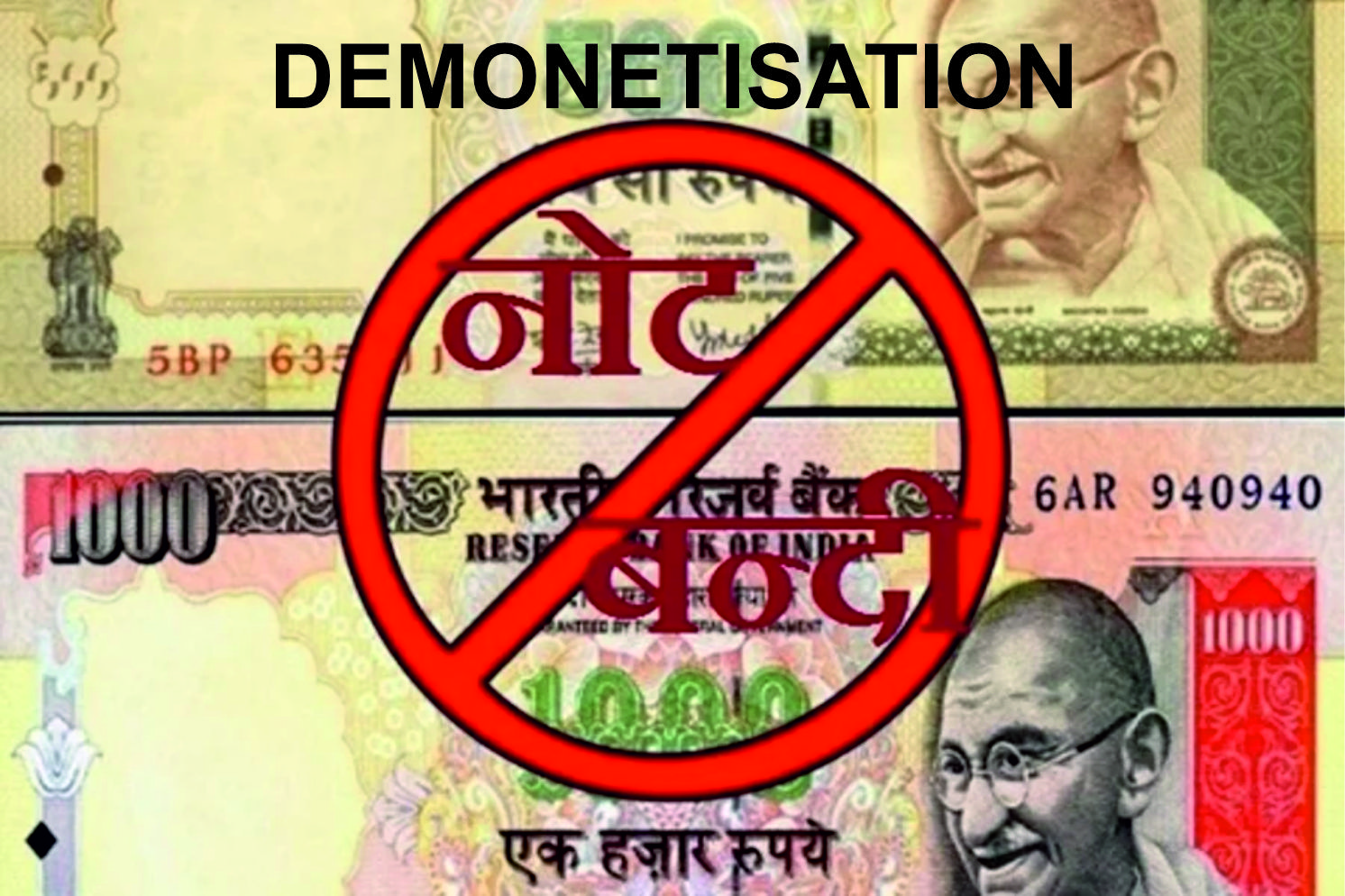India in 2025: The Truth Behind Its Global Economic Ranking

India’s economic position in global rankings has recently sparked debate, following a statement by NITI Aayog CEO BVR Subrahmanyam that India has overtaken Japan to become the world's fourth-largest economy. While the claim is based on nominal GDP data from the International Monetary Fund (IMF), a broader examination of various economic metrics reveals a more nuanced story—one in which India has been the third-largest economy since 2009, when measured by Purchasing Power Parity (PPP). This article explains the difference, the data, and why the distinction matters.
1. The Recent Claim: India is Now Fourth by Nominal GDP
NITI Aayog CEO BVR Subrahmanyam stated that as of 2025, India has become the fourth-largest economy, overtaking Japan. This is based on the IMF’s nominal GDP estimates, which value India’s GDP at approximately USD 4.19 trillion, marginally higher than Japan’s.
-
Nominal GDP refers to the market value of all goods and services produced within a country, calculated at current exchange rates.
-
In this metric, only the US, China, and Germany are ahead of India.
-
The exchange rate volatility and currency fluctuations play a significant role in nominal GDP calculations.
2. Why PPP Matters More for Real Economic Comparison
Despite this headline-grabbing achievement, the Purchasing Power Parity (PPP) metric tells a deeper story. According to IMF and World Bank data, India became the third-largest economy by PPP as early as 2009, overtaking Japan during the UPA era.
-
PPP-adjusted GDP compares how much a currency can buy in its own country relative to others, eliminating distortions caused by exchange rates.
-
For example, services like domestic help or transport cost much less in India than in developed countries.
-
By this measure, India trails only behind China and the US, and has done so consistently for over a decade.
3. The Problem with Relying Solely on Nominal GDP
Relying on nominal GDP rankings for global comparison has limitations:
-
Exchange Rate Dependency: A weaker Indian rupee can make India’s economy appear smaller even if real domestic production hasn’t changed.
-
Revision-prone Data: India’s GDP data is often revised after release, which may affect rankings post-facto.
-
Misleading Impressions: It gives an inflated sense of prosperity without reflecting average income levels or living standards.
4. Per Capita GDP: The Ground Reality of Prosperity
Even though India has overtaken the UK and now Japan in total GDP terms, per capita GDP (average income per person) tells a different story.
-
In 2025, India’s nominal per capita income is estimated at $2,879, while Japan’s is around $34,000, and the UK's is $54,949.
-
Even in PPP terms, India’s per capita income is only 40% of the world average, highlighting the large gap in individual prosperity.
5. India’s Long-Term Growth Story and Policy Direction
India’s growth trajectory since the early 2000s has been impressive, maintaining an average growth rate of 6–7%. But context matters:
-
Developed countries, especially Japan and parts of Europe, have stagnated economically since the 2008 Global Financial Crisis.
-
India's rapid growth has helped it climb in rankings, but structural reforms and social equity are key to converting this into real, inclusive development.
-
The Viksit Bharat @2047 vision aims for India to become a $30 trillion economy with high-income status, which will require sustained reforms, technology adoption, and improved governance.
6. Conclusion: Look Beyond the Rankings
While it’s valid to take pride in India’s rising global economic status, it is equally important to recognize what these rankings mean—and what they don’t.
-
India is the fourth-largest economy in nominal terms as of 2025.
-
But it has been the third-largest economy in PPP terms since 2009.
-
However, per capita metrics and quality of life indicators show that India still has a long road ahead to reach developed country standards.
Understanding these distinctions helps us celebrate progress while staying grounded in the challenges that remain.

 225
225

 The BharatBiz
The BharatBiz
 16
16

